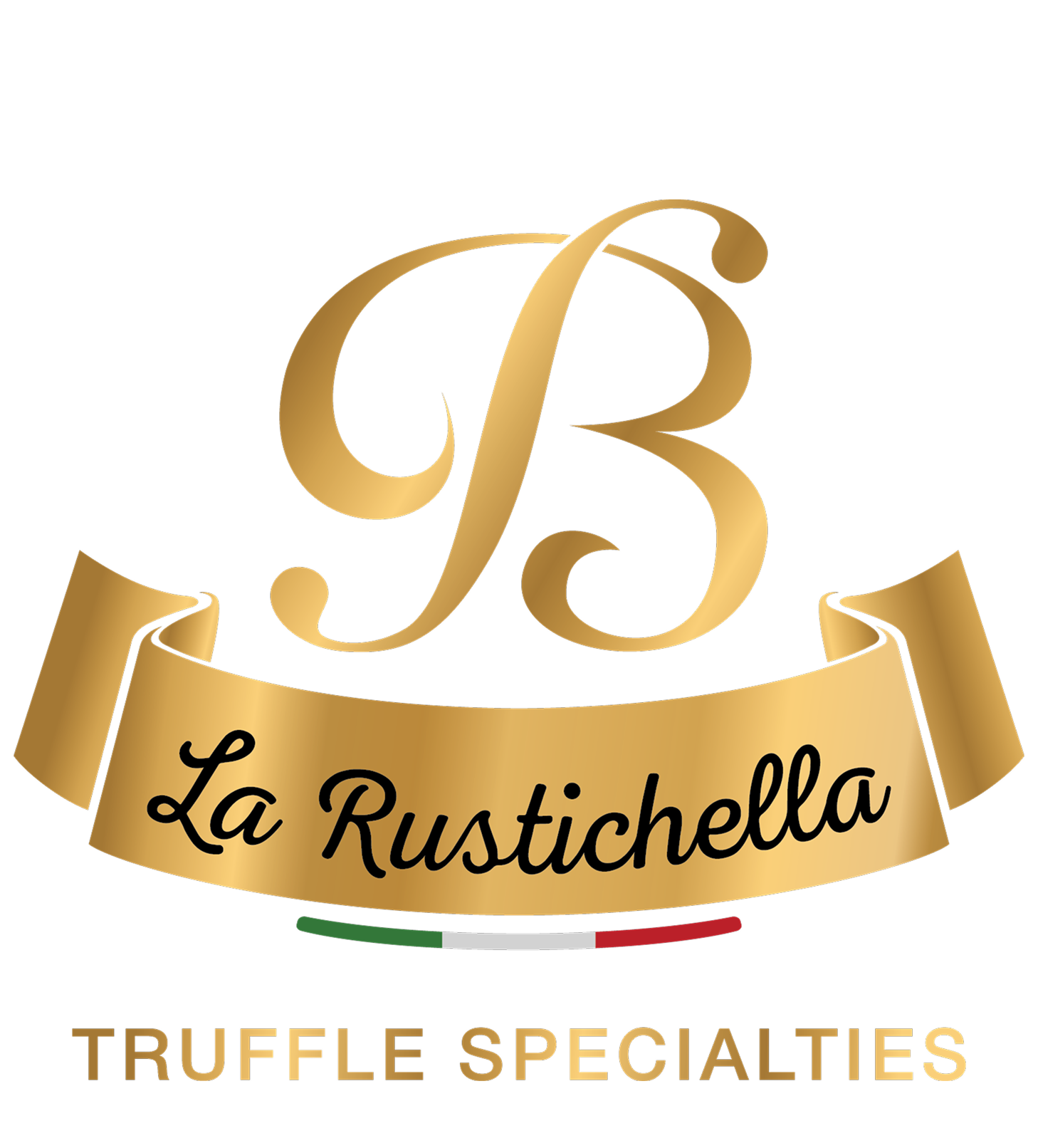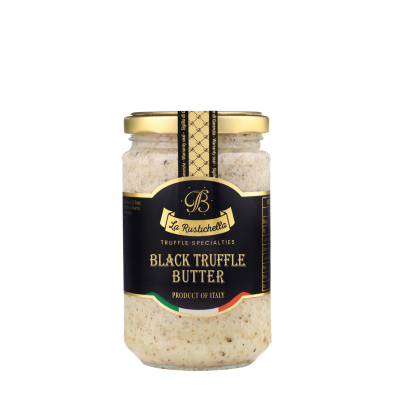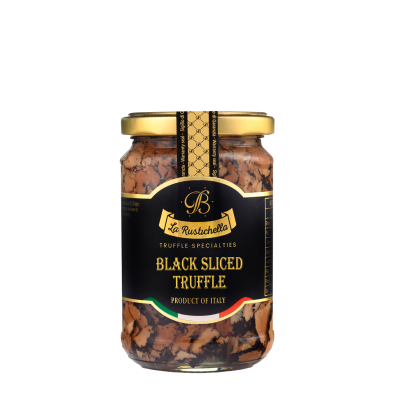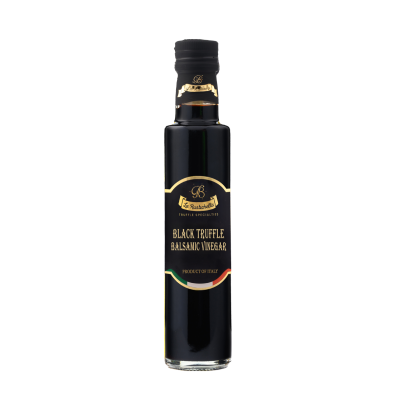DESCRIPTION
The most important of the Black Truffles, also called the Norcia Black Truffle and scientifically known as Tuber Melanosporum Vittadini, is a highly prized black truffle prized for its intense aroma and distinctive flavor. It is often called “prized black truffle” or “black winter truffle.”
Tuber Melanosporum is, without a doubt, the best known and most studied truffle around the globe. Studies and research on the biology and ecology of this fungus have been done by both Italian researchers, such as Ceruti, Fontana, Fasolo Bonfante, Gregori, Bencivenga, Pacioni, Pallenzona, and French researchers, such as Poitou, Chevalier, Delmas, etc. The prized black truffle is found in several European countries, but the nations where it is most widespread are: France, Italy and Spain.
Tuber melanosporum is preferably associated with downy oak, hop-hornbeam, holm oak, hazelnut, less frequently with linden, and has been collected in the wild at a maximum altitude of 650 meters. Natural stations are often located on ridges of hummocks, in terraces of land, or on the edges of forests, and are almost always facing south.
Where the prized black truffle grows, characteristic plateaus form around the symbiont plant, with the lack of herbaceous vegetation. This is due to the phytotoxic and antibiotic action exerted by the fungal mycelium, which, with the secretion of marasmin, inhibits the growth of herbaceous vegetation.
CHARACTERISTICS
Known for its distinct and complex aroma and robust flavor.
Its gleba is black with white veins, while the outer surface is irregular and dark brown or black.
USING
Used mainly in gourmet cooking, it enriches a wide range of dishes, adding a touch of elegance and distinctive flavour.
HARVESTING
Tuber melanosporum is a winter-ripening mushroom (according to Regional Regulations, harvesting is allowed from November 15 to March 15). Its growing and harvesting range is, therefore, limited to areas where temperatures generally rarely fall below four to five degrees.





